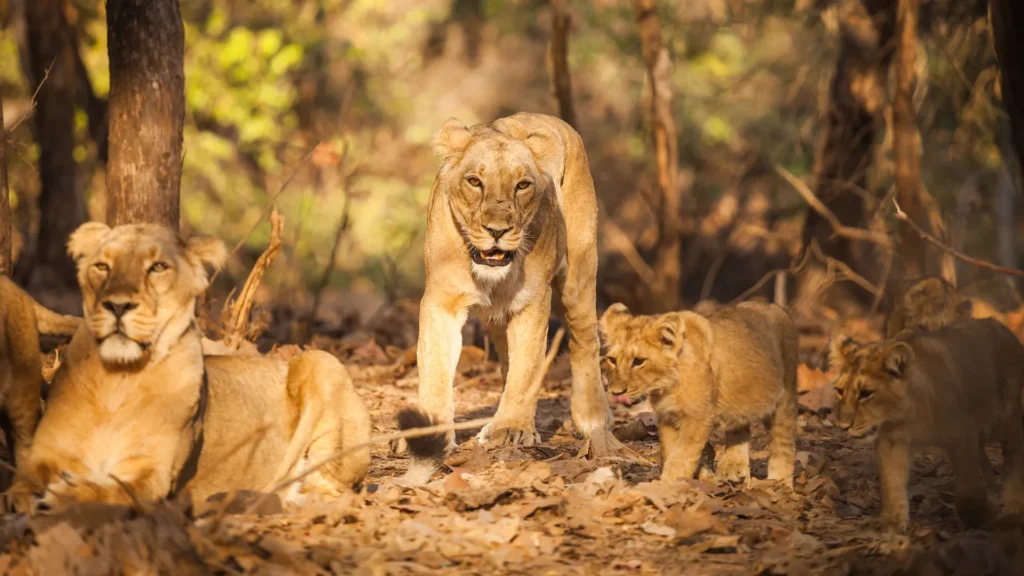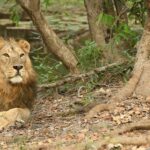The Popular wildlife sanctuaries in sikkim are a treasure trove of biodiversity, offering pristine landscapes, rare species, and unforgettable eco-tourism experiences. From red pandas to rhododendron forests, these protected areas showcase the soul of the Eastern Himalayas.
Nestled between Nepal, Bhutan, and Tibet, the Indian state of Sikkim is a biodiversity hotspot that punches far above its size. Despite being one of the smallest states in India, Sikkim is home to over 550 bird species, 1,400 butterfly species, and a stunning array of mammals, reptiles, and flora. Thanks to progressive conservation policies and deep-rooted Buddhist values, nearly one-third of Sikkim’s land is under official protection.
Let’s dive into the most popular wildlife sanctuaries in Sikkim—each offering a unique window into the region’s ecological richness.
🏞️ 1. Khangchendzonga National Park (UNESCO World Heritage Site)
- Location: North and West Sikkim
- Area: 1,784 sq km
- Altitude: Up to 8,586 meters
Named after the world’s third-highest peak, this park is the crown jewel of Sikkim’s wilderness. It’s India’s first “Mixed Heritage” site recognized by UNESCO for both natural and cultural significance.
Wildlife Highlights:
- Red panda, snow leopard, Himalayan black bear
- Musk deer, blue sheep (bharal), Tibetan wolf
- Over 550 bird species including blood pheasant and satyr tragopan
Activities:
- Trekking routes like Dzongri and Goechala
- Birdwatching and butterfly spotting
- Cultural immersion in sacred landscapes
Best Time to Visit: March–May and September–December
🌲 2. Fambong Lho Wildlife Sanctuary
- Location: 20 km from Gangtok
- Area: 51.76 sq km
This sanctuary is a lush green haven close to the capital city. It’s ideal for short treks and family-friendly nature walks.
Wildlife Highlights:
- Red panda, Himalayan black bear, civets
- Barking deer, flying squirrels
- Rich avian life including hornbills and partridges
Flora:
- Oak, rhododendron, bamboo, and ferns
Activities:
- Nature trails and eco-camping
- Butterfly watching and photography
Best Time to Visit: October–May
🌸 3. Barsey Rhododendron Wildlife Sanctuary
- Location: West Sikkim
- Area: 104 sq km
- Altitude: Around 10,000 ft
This sanctuary is a riot of color during spring when rhododendrons bloom across the hills. It’s a paradise for trekkers and nature lovers.
Wildlife Highlights:
- Red panda, Himalayan palm civet, wild boar
- Rare birds like crimson horned pheasant
Activities:
- Trekking from Hilley to Barsey
- Rhododendron photography trails
Best Time to Visit: March–May
❄️ 4. Pangolakha Wildlife Sanctuary
- Location: East Sikkim
- Area: 124 sq km
Bordering Bhutan and the Chola Range, Pangolakha is a high-altitude sanctuary known for its rugged terrain and rare sightings.
Wildlife Highlights:
- Asiatic black bear, red fox, leopard
- Over 300 red pandas (one of the largest populations in India)
- Reptiles like mountain pit vipers and Burmese python
Flora:
- Silver fir, oak, bamboo, rhododendron
Activities:
- High-altitude trekking
- Wildlife photography and birdwatching
Best Time to Visit: April–June and September–November
🏔️ 5. Kyongnosla Alpine Sanctuary
- Location: Near Tsomgo Lake, East Sikkim
- Area: 31 sq km
This alpine sanctuary is known for its dramatic landscapes and proximity to popular tourist spots like Tsomgo Lake and Nathula Pass.
Wildlife Highlights:
- Red panda, Himalayan marmot, snow leopard
- Rare alpine birds and butterflies
Flora:
- Rhododendrons, primulas, and medicinal herbs
Activities:
- Short treks and nature walks
- Scenic drives and photography
Best Time to Visit: May–October
🌿 6. Shingba Rhododendron Sanctuary
- Location: Yumthang Valley, North Sikkim
- Area: 43 sq km
Located in the famed Valley of Flowers, this sanctuary is a floral wonderland during spring.
Wildlife Highlights:
- Red panda, Himalayan monal, snow partridge
- Rare butterflies like Kaiser-i-Hind and Bhutan glory
Flora:
- Over 40 species of rhododendrons
Activities:
- Spring treks and flower photography
- Birdwatching and nature journaling
Best Time to Visit: April–June
🐦 7. Maenam Wildlife Sanctuary
- Location: South Sikkim
- Area: 36.43 sq km
Overlooking Ravangla, Maenam is known for its dense forests and spiritual significance.
Wildlife Highlights:
- Red panda, Himalayan black bear, leopard cat
- Birds like hill partridge and satyr tragopan
Activities:
- Trekking to Maenam Peak
- Meditation and spiritual retreats
Best Time to Visit: October–May
🐤 8. Kitam Bird Sanctuary
- Location: South Sikkim
- Area: 6 sq km
This is Sikkim’s only dedicated bird sanctuary and a paradise for ornithologists.
Bird Highlights:
- Great pied hornbill, red junglefowl, chestnut-breasted partridge
- Over 200 bird species including migratory visitors
Activities:
- Birdwatching trails
- Photography and nature education
Best Time to Visit: November–April
🌐 Conservation & Eco-Tourism in Sikkim
Sikkim’s wildlife sanctuaries are not just tourist attractions—they’re vital conservation zones. The state has:
- 22 Important Bird Areas (IBAs)
- Progressive eco-tourism policies
- Community-led conservation efforts
Thanks to local support and government initiatives, Sikkim has become a model for sustainable tourism and biodiversity protection.
🧭 Planning Your Visit
Best Seasons:
- Spring (March–May): Rhododendron bloom and pleasant weather
- Autumn (September–November): Clear skies and vibrant landscapes
- Winter (December–February): Snowy vistas, but limited access to high-altitude zones
Travel Tips:
- Carry warm clothes and rain gear
- Hire local guides for treks and wildlife spotting
- Respect local customs and protected zones
❤️ Final Thoughts
Sikkim’s wildlife sanctuaries are more than just nature reserves—they’re living museums of Himalayan biodiversity. Whether you’re a birder, trekker, photographer, or spiritual seeker, these sanctuaries offer a rare chance to connect with nature in its purest form.



